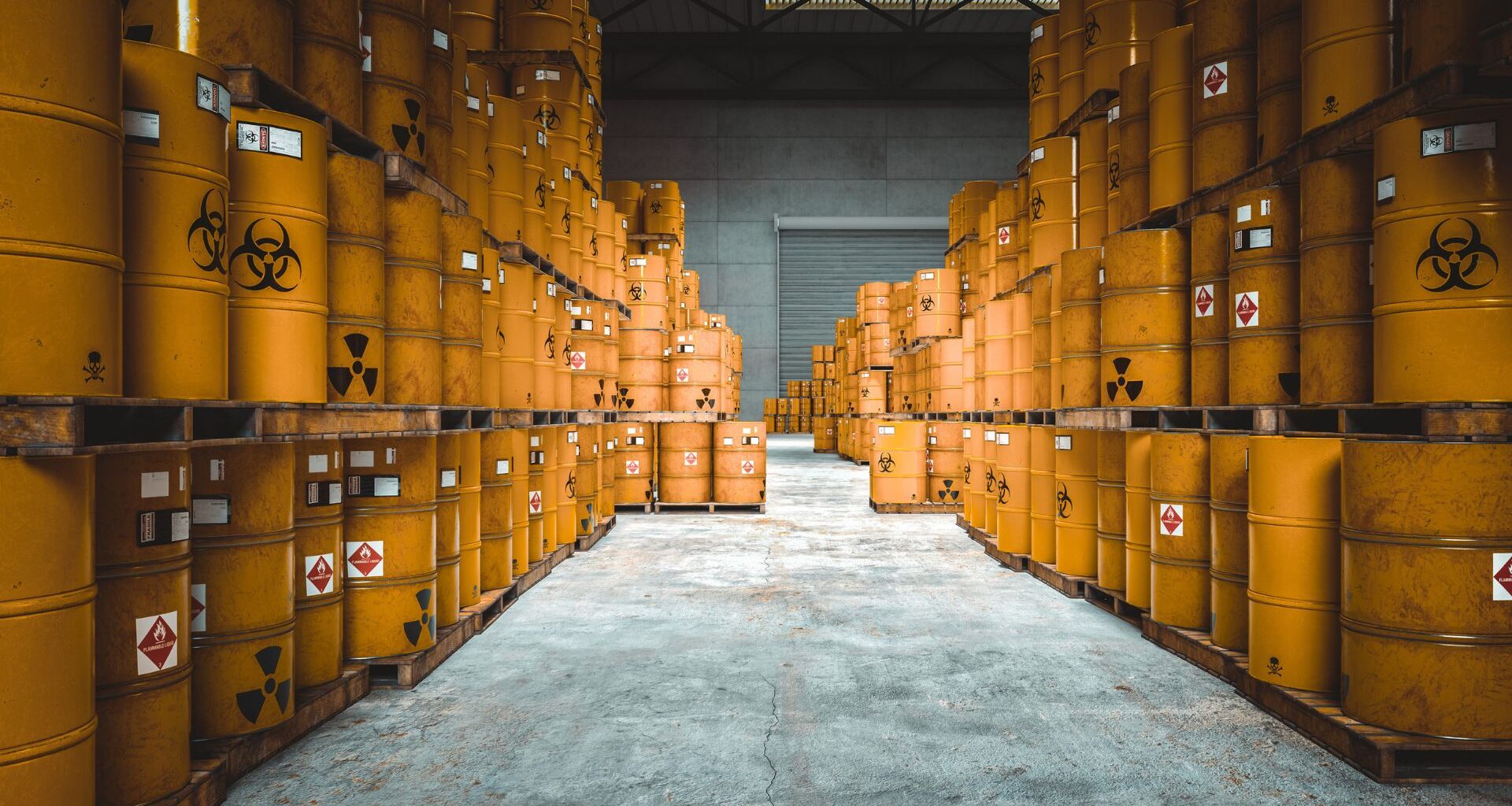Nuclear waste management is one of the most pressing challenges facing the energy industry today.
As global demand for nuclear power rises, efficient, cost-effective, and sustainable waste management solutions become increasingly critical.
Traditionally, used nuclear fuel has been seen as a liability, requiring expensive and complex disposal methods. However, Moltex Energy Canada Inc. (Moltex) is changing this narrative with its revolutionary Waste to Stable Salt (WATSS) process.
This breakthrough technology not only significantly reduces nuclear waste volumes but also transforms used nuclear fuel into a valuable energy resource.
WATSS: transforming nuclear waste into an asset
The WATSS process represents a major leap forward in nuclear fuel cycle management. By utilizing an efficient 24-hour chemical process, Moltex has demonstrated the ability to extract 90 percent of transuranic material from used nuclear fuel, with greater efficiency over extended processing periods.
According to Rory O’Sullivan, Chief Executive Officer of Moltex, “It’s crucial that increased demand for nuclear energy is matched by increased back-end fuel cycle capabilities. WATSS is a transformative solution that not only reduces liabilities but also adds value, turning waste into a valuable energy asset.”
This means that instead of being a long-term liability, nuclear waste can be repurposed as an asset, unlocking fresh economic opportunities for utilities and waste owners.
With an estimated 66 nuclear reactors currently under construction and more than 80 small modular reactor (SMR) designs in development worldwide, WATSS is positioned as a cost-effective and sustainable solution for managing increasing nuclear waste volumes.
This makes it an attractive option for nations and industries looking to expand their nuclear energy capabilities while addressing waste management challenges.
How does it work?
The WATSS process follows a structured, multi-stage approach to efficiently convert used nuclear fuel into a valuable energy resource.
Pre-treatment: Used nuclear fuel arrives at the WATSS facility (ideally near nuclear plants to reduce transport risks) and undergoes oxidation-reduction steps to prepare for further processing.
Stage One: Transuranic elements are separated from uranium by dissolving them into molten salt, while uranium remains insoluble.
Stages Two and Three: The extracted transuranic elements are refined into molten salt fuel, removing fission products. The final salt mixture is adjusted for reactor-specific needs, producing either chloride- or fluoride-based fuel salts.
A sustainable and economically viable future
The introduction of WATSS marks a watershed moment in nuclear waste management.
By offering a commercially viable alternative to conventional disposal methods, Moltex’s innovation is poised to reshape the industry.
Notably, the process is designed with low complexity and strong proliferation resistance, making it a practical and scalable option for used fuel recycling.
Alongside its groundbreaking technology, Moltex offers consultancy services to help nuclear waste owners evaluate and reduce their liability risks.
This initiative ensures that waste owners can explore how their used fuel liabilities might be converted into valuable energy assets, further strengthening the economic appeal of WATSS.
By transforming nuclear waste into a resource rather than a burden, WATSS not only addresses one of the industry’s biggest challenges but also opens new doors for investment, energy production, and environmental stewardship.
